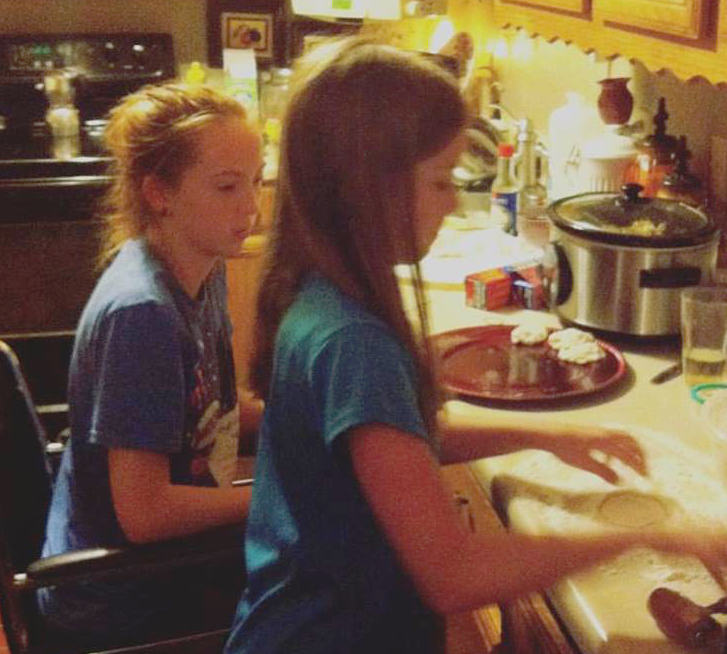
Usually I have a pithy writing comment to make about the process, but lately we’ve been dealing with something as a family that is quite alarming and difficult to manage.
Let me just say that for any parents who have disabled children, I am only beginning to understand your plight.
My oldest daughter Kaylee is a rambunctious teen, a fire-haired lovely princess who is as good an archer as Katniss, makes good grades, is insanely happy in nearly every situation, and enjoys playing D&D with us on Fridays after school.
A couple of weeks ago she went to a youth bonfire with our church and came back complaining of dizziness and nausea. It went away the next morning, but was back with a vengeance that afternoon. She missed an entire week of school, unable to stand or much less walk without assistance, and after several trips to the doctor we ended up at an ENT (Ear, Nose, Throat) specialist who said it looked to be neurological and sent us to the ER so that we could rush the problem along to a neurologist.
We spent 12 hours in the ER, doing EKG’s, CT’s, blood tests, and being pumped with fluid, and all the tests were negative. Finally the neurologist on staff came in and gave us the news.
 Long story short, Kaylee has something called Benign Paroxysmal Positional Vertigo (BPPV). It is a condition where the little crystals or otoconia get displaced from their normal position atop the little filaments in the utricle where they belong. These little otoconia control your brain’s ability to tell what is up or down or sideways. As a result, she moves around like a patient with MS or another debilitating neurological disorder.
Long story short, Kaylee has something called Benign Paroxysmal Positional Vertigo (BPPV). It is a condition where the little crystals or otoconia get displaced from their normal position atop the little filaments in the utricle where they belong. These little otoconia control your brain’s ability to tell what is up or down or sideways. As a result, she moves around like a patient with MS or another debilitating neurological disorder.
We are due to see the ENT again for some physical therapy exercises that are supposed to put things back into place, namely something called the Epley Maneuver.

What this writer has learned from this experience is that now I have an idea of what it is like for a parent to go through something horrifyingly medical with their child. My current series of novels has an amputee as a protagonist, and he never really becomes used to using his robotic arm which is both a blessing and a curse.
The main take-away is that Kaylee will also learn what it is like to be disabled to the point that common every-day tasks are nearly impossible. I am thinking that in the great scheme of things, she will encounter someone who is disabled and will be able to relate a little better than someone who has never experienced such hardship.
Through it all, however, I know that she will some day be better and back to her usual self even if it may take a month. Until then I’ll plan, create materials for and build this second novel in the series. This trauma has given me great fuel for it, and I hope that I can translate some of that to the page.



So sorry that you have to learn a new perspective this way. I’m just glad it wasn’t anything more serious.